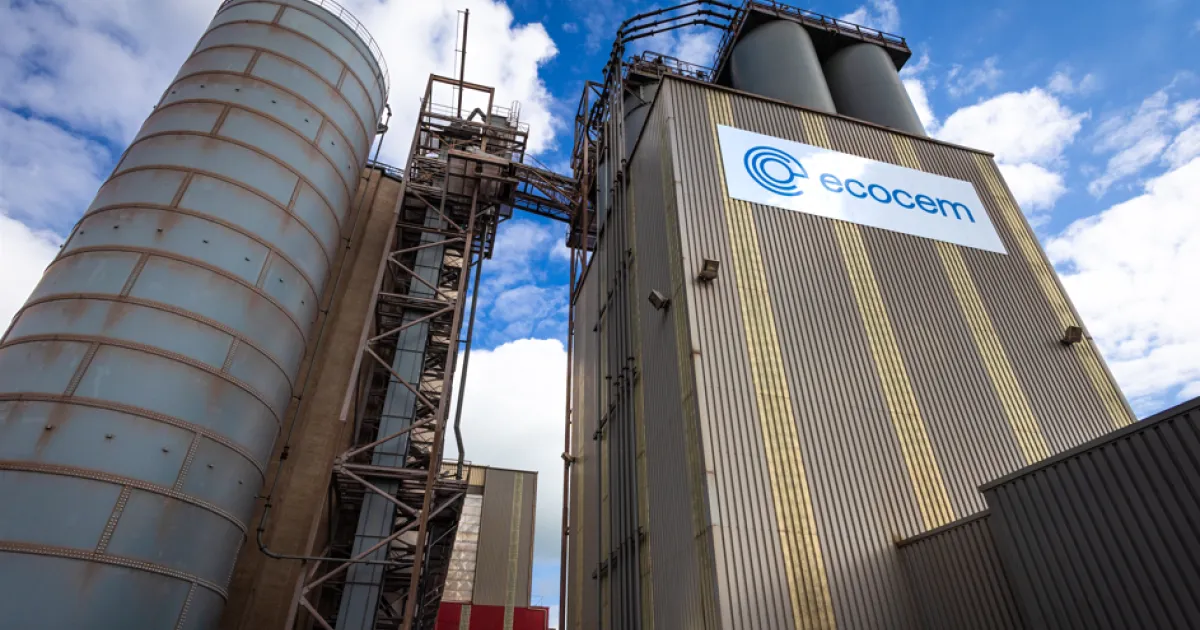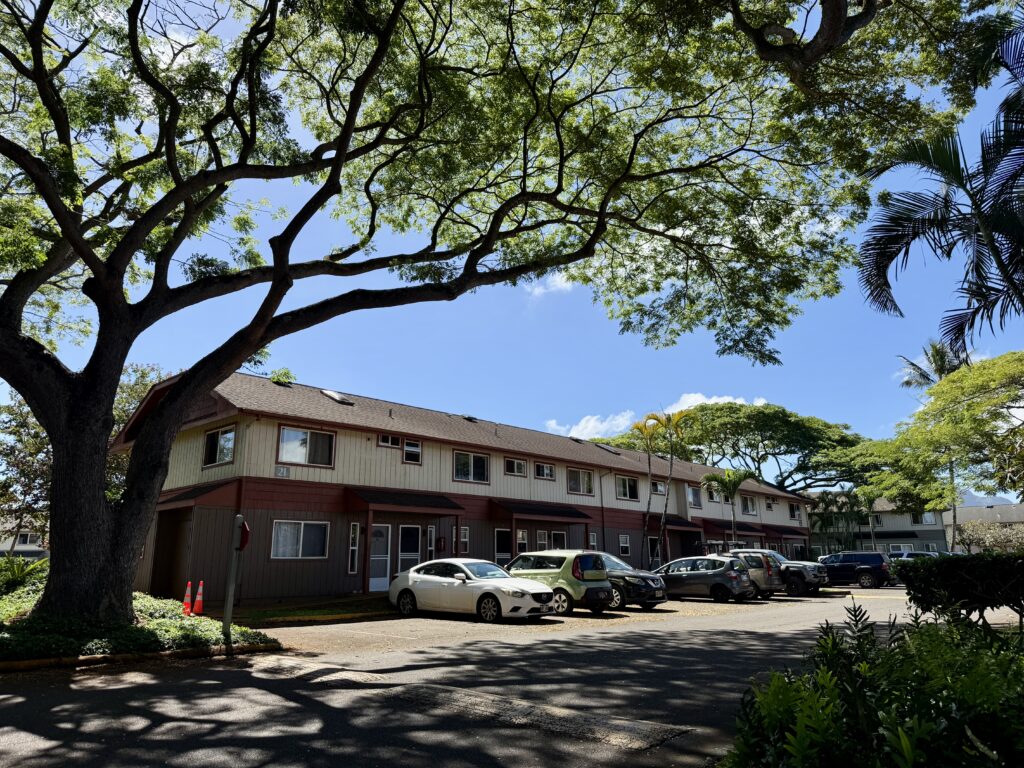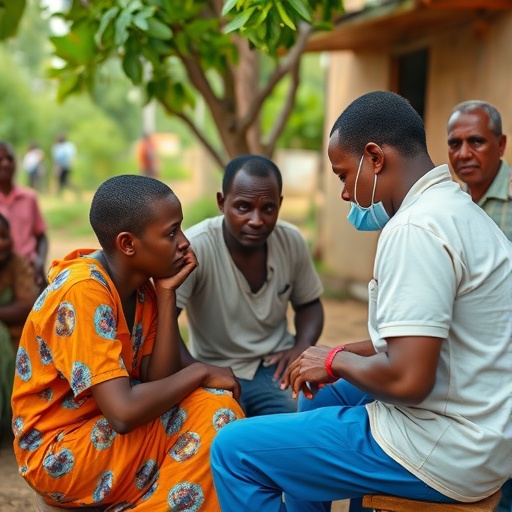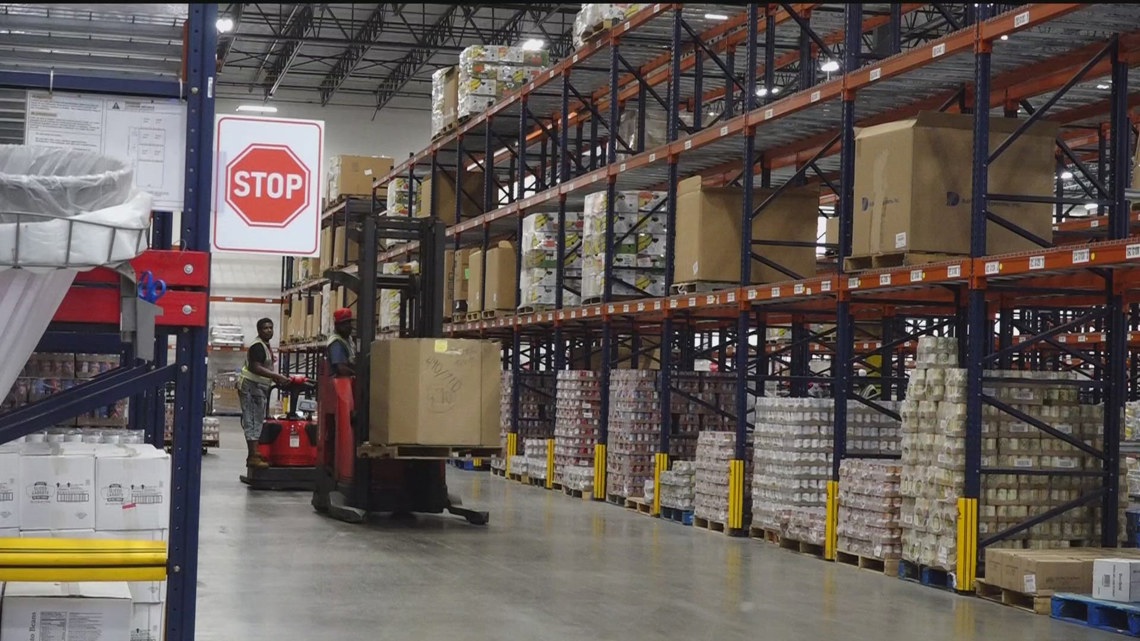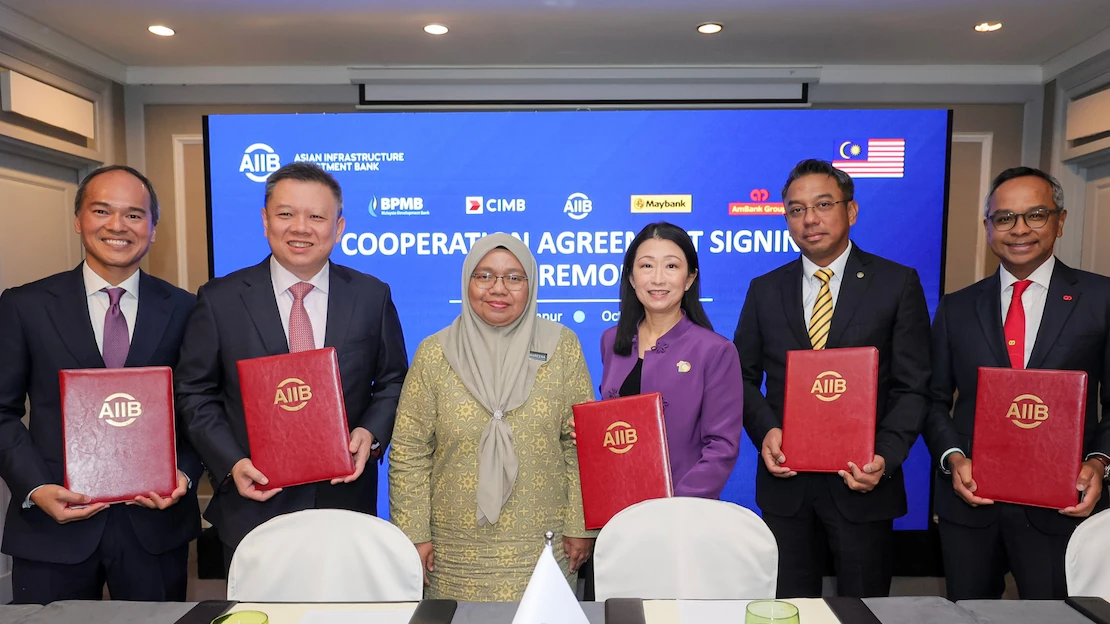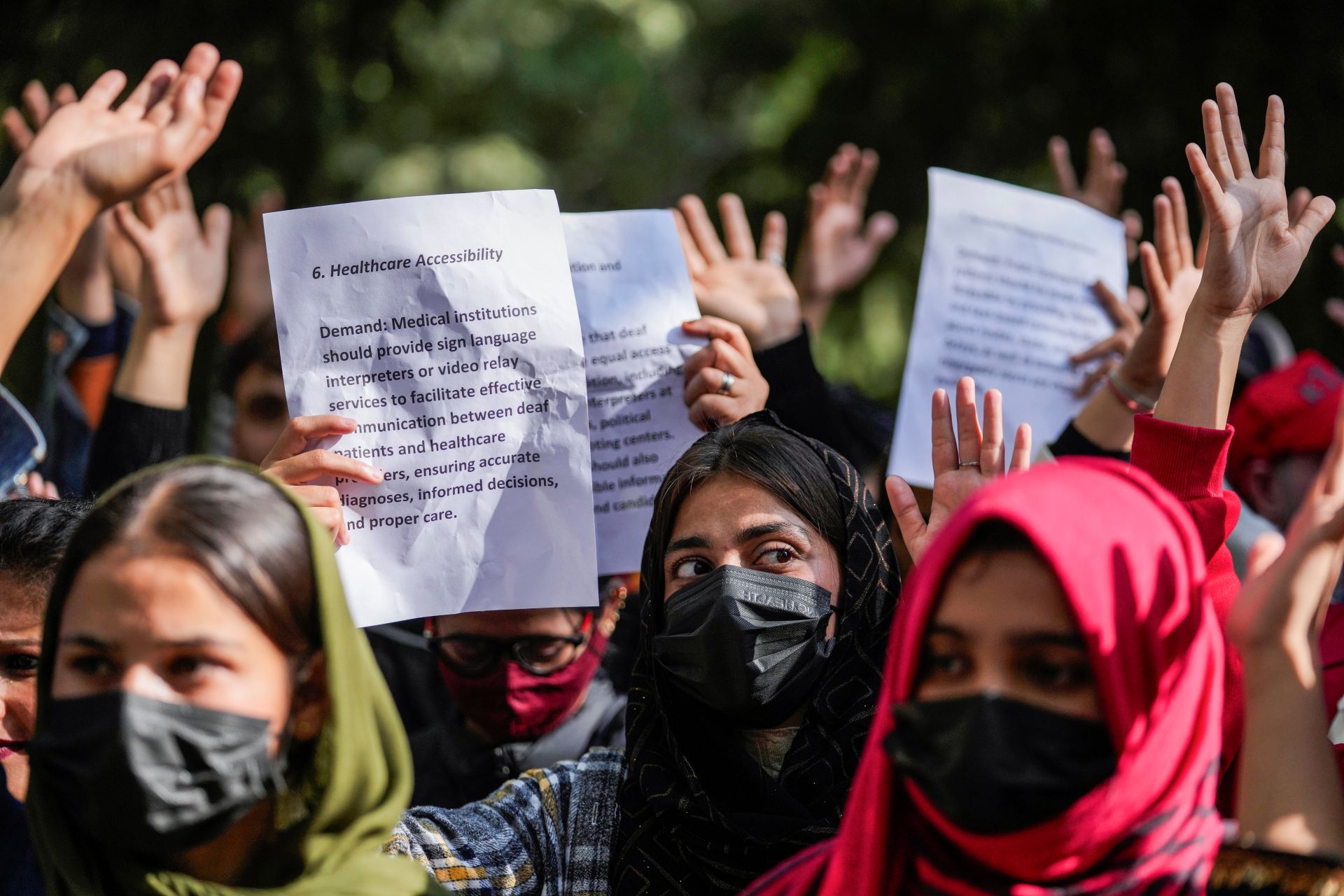China implements zero-tariff policy for 53 African countries with diplomatic ties: GAC – Global Times

Report on China-Africa Trade Relations and Contribution to Sustainable Development Goals
Executive Summary
This report details recent developments in China-Africa trade relations, focusing on China’s implementation of a zero-tariff policy for 53 African nations. The initiative is analyzed in the context of its significant contributions to the United Nations Sustainable Development Goals (SDGs), particularly those concerning economic growth, industrialization, and global partnerships. The report outlines key trade statistics and policy measures that underscore a strengthening economic partnership aimed at fostering shared and sustainable development.
Key Policy Initiative: Zero-Tariff Treatment
The General Administration of Customs (GAC) of China is set to implement zero-tariff treatment for 53 African countries, a measure designed to leverage China’s market to support development across the continent. This policy aligns directly with global partnership and development goals.
- SDG 17 (Partnerships for the Goals): The policy is a direct implementation of a global partnership for sustainable development, providing preferential market access to developing nations.
- Expansion of Existing Policy: This initiative expands upon a measure enacted on December 1, 2024, which granted zero-tariff treatment on all taxable products from Least-Developed Countries (LDCs) with diplomatic relations with China.
- SDG 10 (Reduced Inequalities): By offering preferential treatment, the policy aims to reduce economic inequalities between nations and provide targeted support to African economies facing development challenges.
Analysis of Trade Growth and Economic Impact
Trade between China and Africa has demonstrated robust growth, reflecting a dynamic economic relationship that supports mutual development objectives. This growth is a key driver for achieving economic SDGs.
Trade Statistics (First Half 2025)
- Overall Trade Volume: China-Africa trade reached 1.18 trillion yuan ($165 billion), a year-on-year increase of 14.4%.
- Logistical Throughput: The Yantai Port’s China-Africa liner service transported 2.858 million tons of equipment and materials, an 80.7% year-on-year increase.
- Long-Term Partnership: China has maintained its position as Africa’s largest trading partner for 16 consecutive years, with bilateral trade surpassing 2.1 trillion yuan in 2024.
Contributions to Sustainable Development Goals
SDG 8: Decent Work and Economic Growth
The expansion of trade is fundamental to stimulating economic activity and creating employment opportunities in Africa. By providing enhanced market access, China’s policies enable African nations to harness trade as a tool for sustainable economic growth and poverty reduction (SDG 1).
- Integration into global value chains.
- Stimulation of industrial growth across upstream and downstream sectors.
- Strengthening of self-sustaining economic capabilities.
SDG 9: Industry, Innovation, and Infrastructure
The partnership actively promotes the industrialization and modernization of African economies through targeted exports and investments. This directly supports the development of resilient infrastructure and sustainable industrial capacity.
- Technology and Equipment Transfer: China’s exports to Africa include significant increases in machinery, such as textile machinery, which enhances local production capacity.
- Investment in Key Sectors: China is actively promoting investment in African manufacturing and new energy sectors, deepening the continent’s integration into global supply chains.
- Trade Facilitation: The partnership focuses on advancing trade facilitation and liberalization to help overcome structural bottlenecks to industrialization.
Conclusion and Forward Outlook
The China-Africa economic relationship, underscored by the new zero-tariff policy, represents a significant commitment to the 2030 Agenda for Sustainable Development. The partnership is strategically focused on using trade and investment to overcome development challenges, drive industrialization, and promote shared prosperity. Future cooperation is expected to continue fostering high-quality development, ensuring that African nations can fully leverage their resource endowments and achieve sustainable modernization in alignment with the SDGs.
SDGs Addressed in the Article
- SDG 8: Decent Work and Economic Growth
- SDG 9: Industry, Innovation, and Infrastructure
- SDG 10: Reduced Inequalities
- SDG 17: Partnerships for the Goals
Specific SDG Targets Identified
-
SDG 8: Decent Work and Economic Growth
- Target 8.1: Sustain per capita economic growth in accordance with national circumstances and, in particular, at least 7 per cent gross domestic product growth per annum in the least developed countries.
The article supports this target by highlighting significant growth in trade, which is a key driver of economic growth. The statement, “In the first half of the year, China’s trade with Africa reached 1.18 trillion yuan ($165 billion), marking a year-on-year rise of 14.4 percent,” demonstrates substantial economic activity that contributes to the overall GDP growth of the involved African nations. - Target 8.a: Increase Aid for Trade support for developing countries, in particular least developed countries.
The implementation of zero-tariff treatment for 53 African countries is a direct form of Aid for Trade. The article states, “Chinese customs will implement zero-tariff treatment for 53 African countries… to support shared development.” This policy is designed to boost African exports and integrate them into global markets, which is the core principle of Aid for Trade.
- Target 8.1: Sustain per capita economic growth in accordance with national circumstances and, in particular, at least 7 per cent gross domestic product growth per annum in the least developed countries.
-
SDG 9: Industry, Innovation, and Infrastructure
- Target 9.1: Develop quality, reliable, sustainable and resilient infrastructure… to support economic development and human well-being.
The article mentions the Yantai Port’s role in facilitating trade: “the port’s China-Africa liner service transported 2.858 million tons of equipment and materials to over 20 African countries.” This highlights the importance of port infrastructure and shipping services in connecting economies and enabling the transport of goods necessary for development. - Target 9.2: Promote inclusive and sustainable industrialization and, by 2030, significantly raise industry’s share of employment and gross domestic product, in line with national circumstances, and double its share in least developed countries.
The article directly addresses this by noting China’s role in supporting industrial growth through exports of essential machinery. It states, “China has supported industrial growth in these regions by exporting equipment and technology,” and specifically mentions that “exports of… textile machinery to Africa all recorded marked increases.” This support helps African nations build their manufacturing and industrial capacity. - Target 9.b: Support domestic technology development, research and innovation in developing countries… by ensuring a conducive policy environment for, inter alia, industrial diversification and value addition to commodities.
The export of “equipment and technology” and investment in “manufacturing and new energy sectors” are aimed at strengthening “Africa’s local production capacity.” This helps African countries move up the value chain, diversify their economies, and reduce reliance on raw commodity exports, aligning with the goal of fostering domestic technological and industrial capabilities.
- Target 9.1: Develop quality, reliable, sustainable and resilient infrastructure… to support economic development and human well-being.
-
SDG 10: Reduced Inequalities
- Target 10.a: Implement the principle of special and differential treatment for developing countries, in particular least developed countries, in accordance with World Trade Organization agreements.
This target is explicitly met by the policy described in the article. The text clearly states, “China has granted zero-tariff treatment on all taxable products from the least-developed countries that have set up diplomatic relations with China.” This policy is a textbook example of special and differential treatment aimed at helping the most vulnerable economies.
- Target 10.a: Implement the principle of special and differential treatment for developing countries, in particular least developed countries, in accordance with World Trade Organization agreements.
-
SDG 17: Partnerships for the Goals
- Target 17.11: Significantly increase the exports of developing countries, in particular with a view to doubling the least developed countries’ share of global exports by 2020.
The zero-tariff policy is designed to achieve this. The article notes that “since December 1, 2024, China has granted zero-tariff treatment on all taxable products from the least-developed countries… In the first half of this year, imports from these nations registered double-digit growth.” This shows a direct effort to increase exports from LDCs. - Target 17.12: Realize timely implementation of duty-free and quota-free market access on a lasting basis for all least developed countries.
The article provides direct evidence of this target’s implementation. It mentions, “China had previously granted zero-tariff treatment for 100 percent of taxable products to all the least-developed countries with diplomatic ties to China, including 33 African nations,” and is now expanding this to 53 African countries. This demonstrates a concrete action towards providing duty-free market access.
- Target 17.11: Significantly increase the exports of developing countries, in particular with a view to doubling the least developed countries’ share of global exports by 2020.
Indicators for Measuring Progress
-
For Targets 8.1, 8.a, and 17.11 (Economic and Trade Growth)
- Total bilateral trade value: The article provides the figure of “1.18 trillion yuan ($165 billion)” for the first half of the year and “2.1 trillion yuan” for the full year of 2024.
- Year-on-year trade growth rate: A specific indicator mentioned is the “year-on-year rise of 14.4 percent” in China-Africa trade.
- Growth rate of imports from LDCs: The article states that “imports from these nations [LDCs] registered double-digit growth.”
- Duration of trade partnership: The fact that “China has remained Africa’s largest trading partner for 16 straight years” serves as an indicator of a sustained economic partnership.
-
For Targets 9.1 and 9.2 (Infrastructure and Industrialization)
- Volume of goods transported: The article quantifies this with “2.858 million tons of equipment and materials” transported by the China-Africa liner service.
- Growth rate of goods transportation: A progress indicator is the “80.7 percent year-on-year” increase in transported goods.
- Volume/Value of specific exports: The mention of “marked increases” in exports of “textile machinery to Africa” implies that the volume or value of these specific goods is being tracked as a measure of support for industrialization.
-
For Targets 10.a and 17.12 (Market Access for LDCs)
- Proportion of products with zero-tariff access: The article specifies “zero-tariff treatment for 100 percent of taxable products” for some LDCs. This is a direct indicator of market access.
- Number of beneficiary countries: The policy applies to “53 African countries” and “33 African nations” under a previous scheme, indicating the scope of the initiative.
Summary of SDGs, Targets, and Indicators
| SDGs | Targets | Indicators Identified in the Article |
|---|---|---|
| SDG 8: Decent Work and Economic Growth | 8.1: Sustain per capita economic growth. 8.a: Increase Aid for Trade support for developing countries. |
– Total trade value: 1.18 trillion yuan in H1 2025. – Year-on-year trade growth: 14.4%. – Double-digit growth in imports from LDCs. |
| SDG 9: Industry, Innovation, and Infrastructure | 9.1: Develop quality, reliable, sustainable and resilient infrastructure. 9.2: Promote inclusive and sustainable industrialization. 9.b: Support domestic technology development. |
– Volume of goods transported via liner service: 2.858 million tons. – Growth in goods transport: 80.7% year-on-year. – “Marked increases” in exports of textile machinery to Africa. – Investment in manufacturing and new energy sectors. |
| SDG 10: Reduced Inequalities | 10.a: Implement special and differential treatment for developing countries, particularly LDCs. | – Implementation of zero-tariff treatment for 53 African countries. – Granting of zero-tariff treatment on all taxable products from LDCs. |
| SDG 17: Partnerships for the Goals | 17.11: Significantly increase the exports of developing countries. 17.12: Realize timely implementation of duty-free and quota-free market access for all LDCs. |
– Number of beneficiary countries of zero-tariff policy: 53. – Percentage of products covered: 100% of taxable products for LDCs. – China’s status as Africa’s largest trading partner for 16 straight years. |
Source: globaltimes.cn

What is Your Reaction?
 Like
0
Like
0
 Dislike
0
Dislike
0
 Love
0
Love
0
 Funny
0
Funny
0
 Angry
0
Angry
0
 Sad
0
Sad
0
 Wow
0
Wow
0










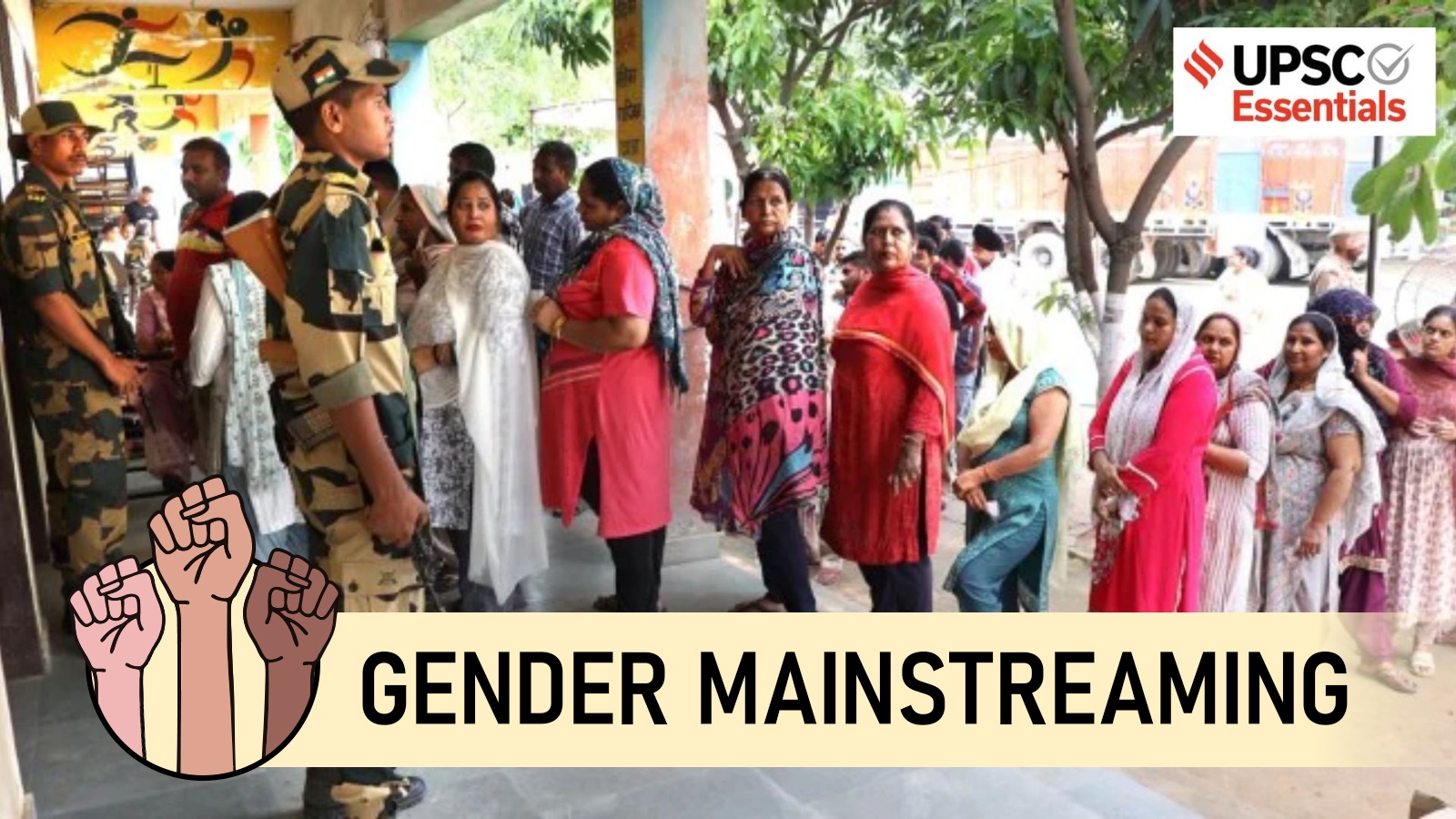

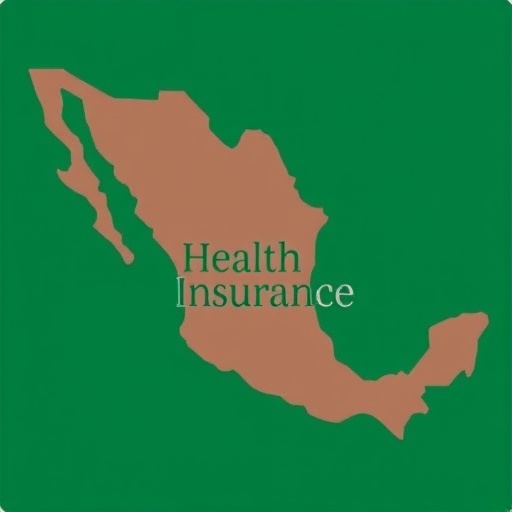


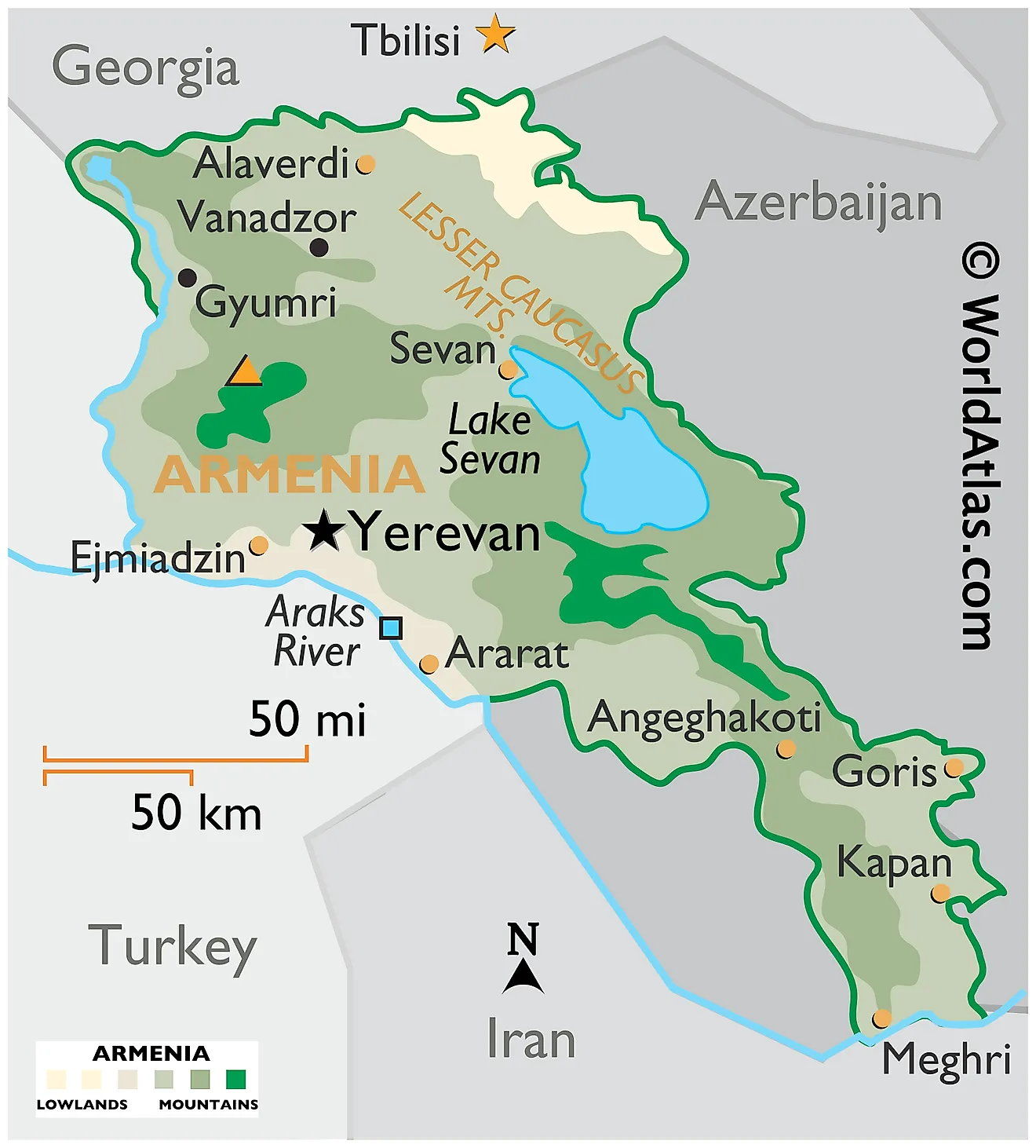








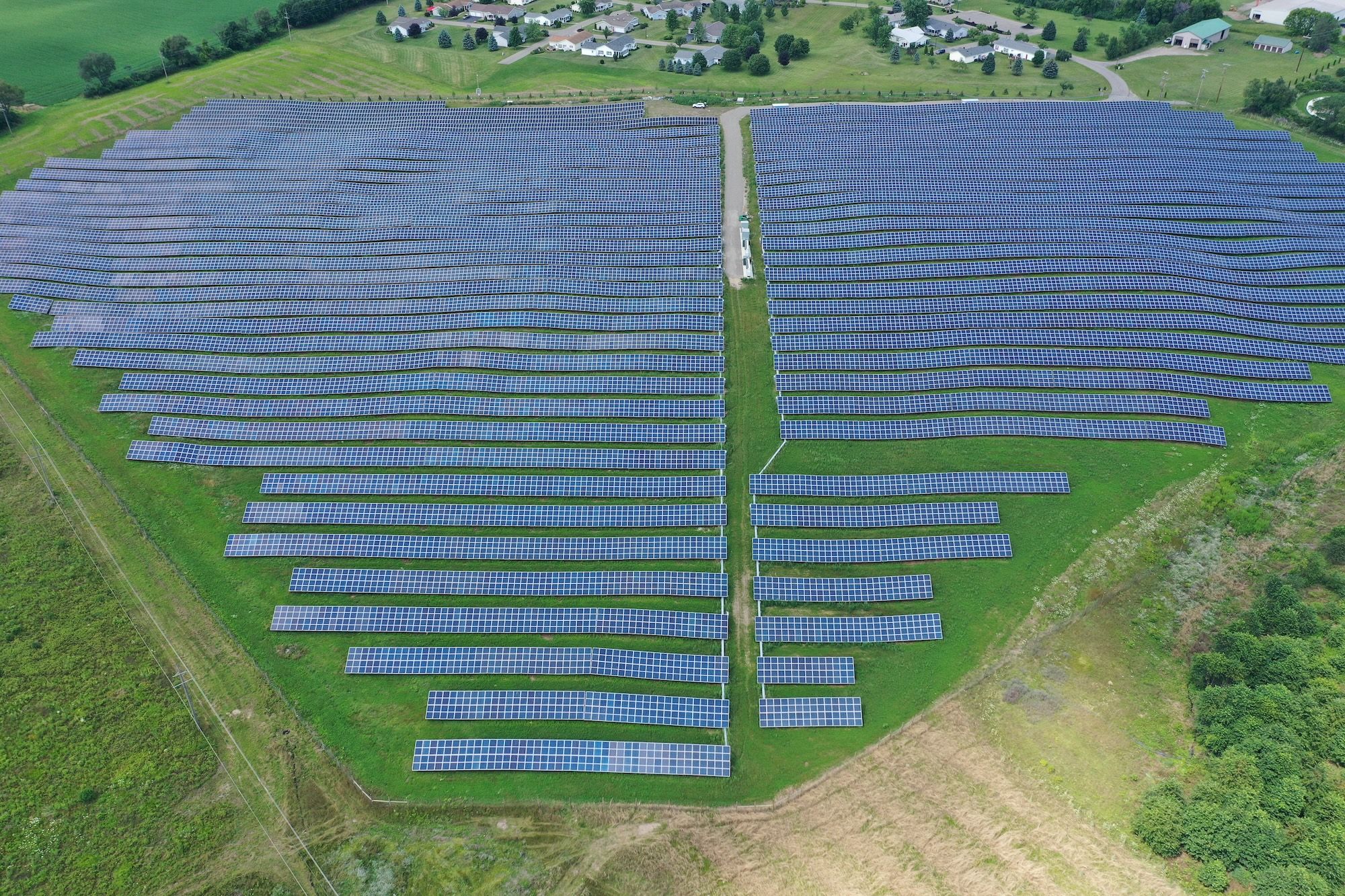







_1.png?#)

